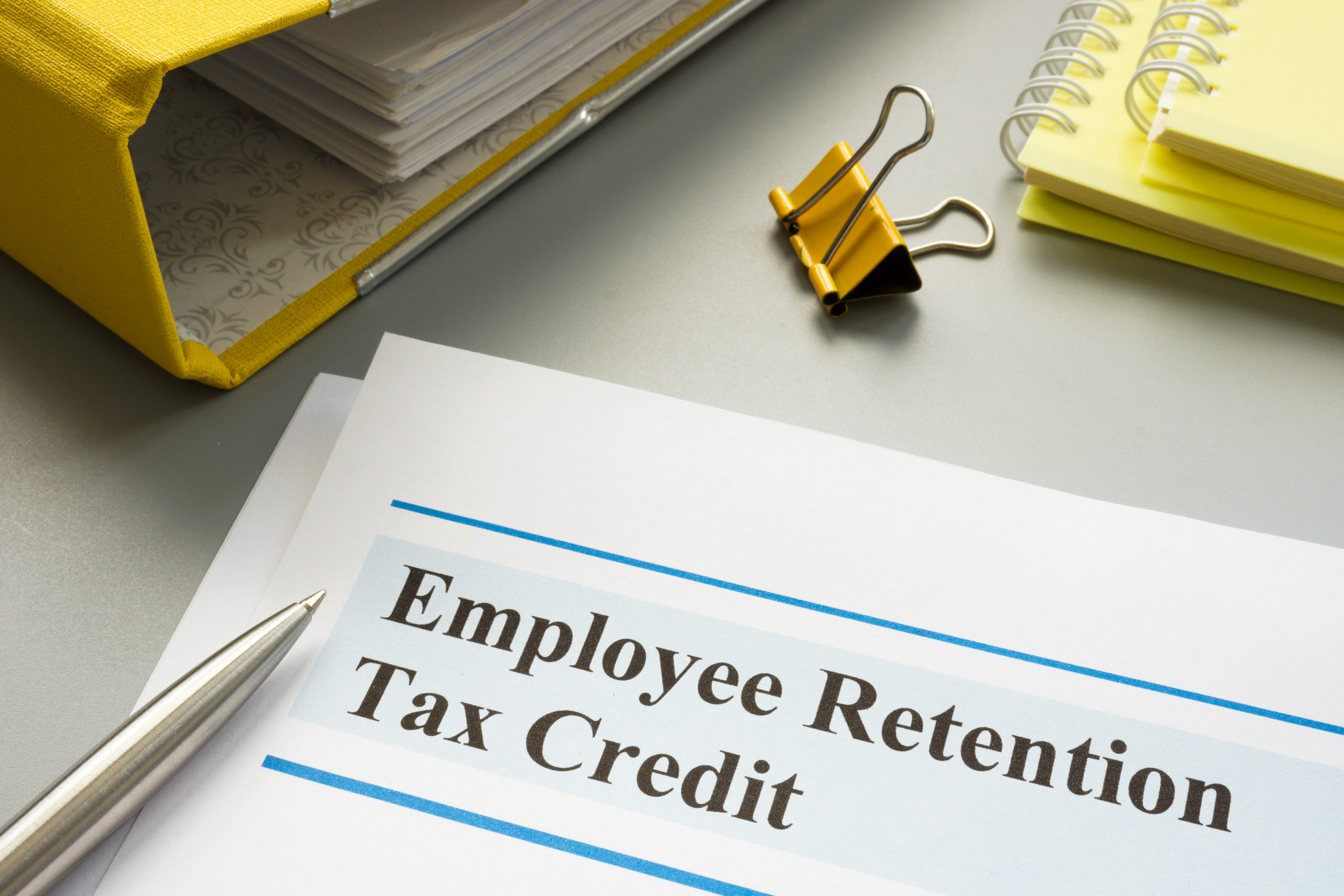
Blog updated March 2022
If you’ve recently filed or plan to file for the Employee Retention Credit (ERC), expect about a six-to eight-month wait to receive your credit.
The ERC is a refundable tax credit that employers can claim based on qualified wages, including certain health insurance costs, they paid to employees. Eligible businesses claiming the ERC are now running into long processing times and potentially incorrect penalties for inaccurate quarterly tax payments. In mid-March 2022, lawmakers asked the IRS to expedite the processing of ERCs and cease penalizing small businesses for making incorrect quarterly tax payments as they wait for their claims to process.
When can I expect to receive my ERC credit?
Eligible businesses that claim the ERC are currently facing a six- to eight-month wait to receive a check from the IRS for the credit amount plus interest. Part of the reason for the delay is the IRS is not able to automate the process of paying out ERCs. Additionally, after the IRS issued additional guidance in Q4 of 2021 that expanded the eligibility, a number of amended returns are now contributing to the backlog. The IRS is working on ERC claims, but as of now, there remains a long delay between when a business files and receives their check.
Estimated Quarterly Tax Payments Penalties
The delay in ERC processing is also causing issues with estimated quarterly payments. While the IRS ceased sending automatic penalty letters to business owners, the issue of paying tax on funds not yet received remains.
What Are My Next Steps?
Lawmakers are putting pressure on the IRS to better support small business by prioritizing the ERC claims in its backlog. The team at Corrigan Krause will keep our clients updated on all developments as the IRS works toward a solution.
What are the ERC eligibility standards now?
As a reminder, the US House of Representatives passed the Infrastructure Investment and Jobs Act (IIJA) November 5, 2021, thus ending the Employee Retention Tax credit as of September 30, 2021. Businesses may not claim the credit after Q3 of 2021.
It is important to note that if your business has experienced a partial or full shutdown due to disruptions in the supply chain, you may qualify for the ERC in any eligible quarter. If your business did not receive supplies critical to keep the business running, including getting the necessary machinery, equipment, and goods necessary to fulfill orders, or if these supplies were delayed, this may fall under the full or partial suspension of operations provision in the ERC.
The IRS included this example in their guidance:
Employer A operates an auto parts manufacturing business. Employer A’s supplier of raw materials is required to fully suspend its operations due to a governmental order. Employer A is unable to procure these raw materials from an alternate supplier. As a consequence of the suspension of Employer A’s supplier, Employer A is not able to perform its operations for a period of time. Under these facts and circumstances, Employer A would be considered an eligible employer during this period because its operations have been suspended due to the governmental order that suspended operations of its supplier.
This example shows how a business may qualify for a partial shutdown even if their operations never technically ceased. This is also a situation where defining “nominal” is not clear as it is difficult to apply the 10% rule with supplier delays. Since there is a lot of gray area when applying the ERC standards, it’s valuable to check out many of the examples provided in Notice 2021-20. Read more here.
To learn more about the ERC and who qualifies, visit our ERC blog.
Please reach out to Tommy Sustar at thomas@corrigankrause.com or info@corrigankrause.com with questions regarding the ERC.
